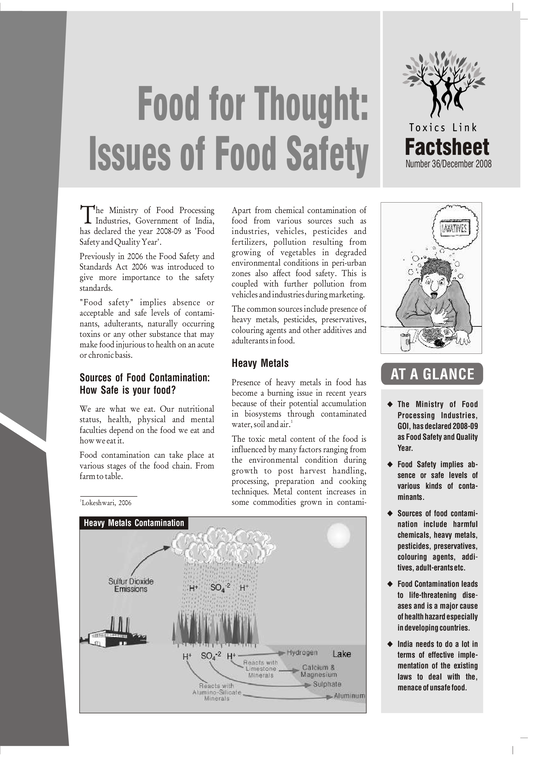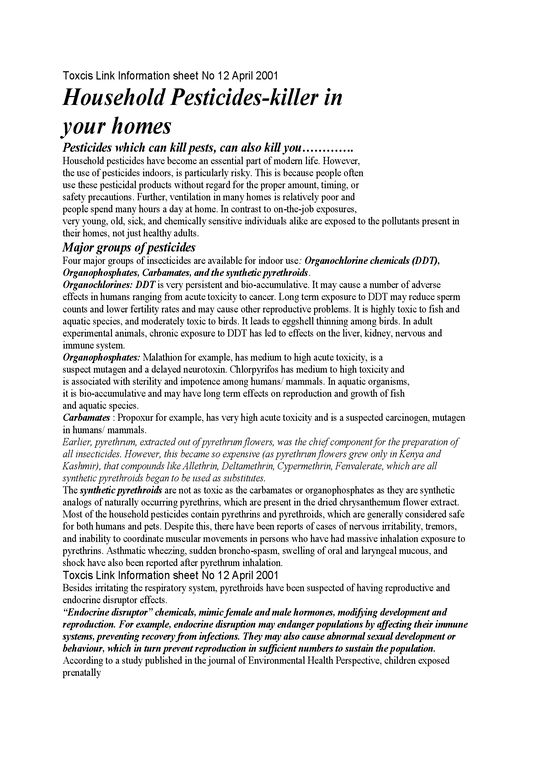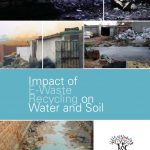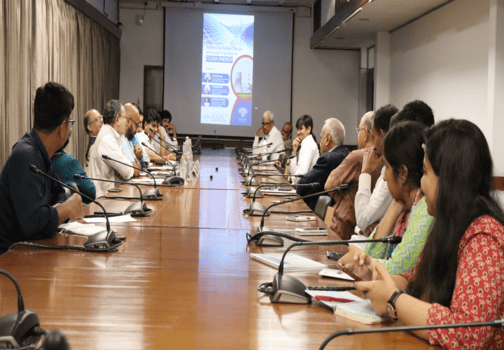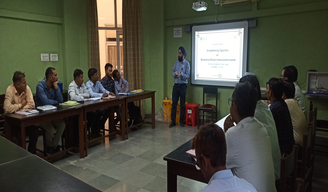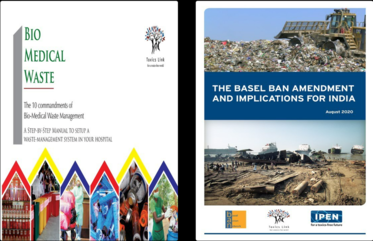Factsheet 17 on Mercury Tiny drops that kill
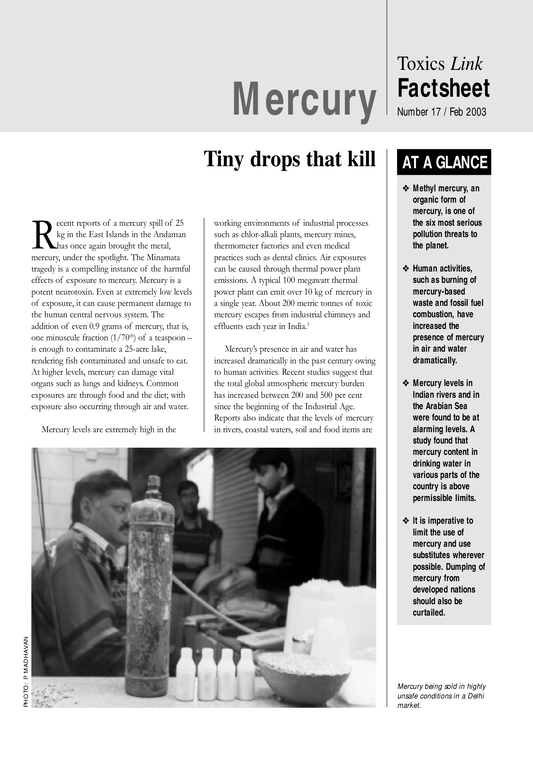
Title:Factsheet 17 on Mercury Tiny drops that kill
Publication Type: Factsheets
Year of Publication: 2003
Abstract:Mercury’s presence in the air and water has increased dramatically in the past century owing to human activities. Recent studies suggest that the total global atmospheric mercury burden has increased between 200 and 500 per cent since the beginning of the Industrial Age. Reports also indicate that the levels of mercury in rivers, coastal waters; soil and food items are way above acceptable levels in India. In fact, mercury usage, in most cases, is substitutable and not doing so reflects the lack of concern about this extremely toxic heavy metal. Mercury is a potent neurotoxin. Even at extremely low levels of exposure, it can cause permanent damage to the human central nervous system. At higher levels mercury can even damage vital organs such as lungs and kidneys. Common exposures are through food and the diet. Additional exposures may be contributed through air and water. The factsheet provides detailed information on sources and usage of mercury. The major consumers of this deadly metal are tabulated along with the major emitters. Mercury in the environment undergoes the process of biomagnification and can pose detrimental effects on various components like water. The factsheet also provides the information on various available for various mercury applications.

